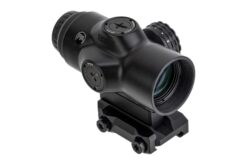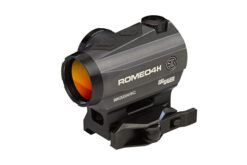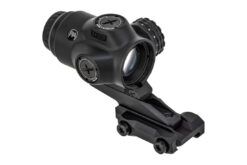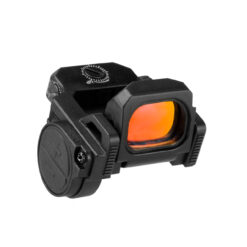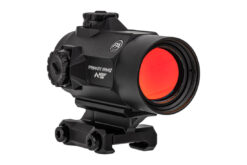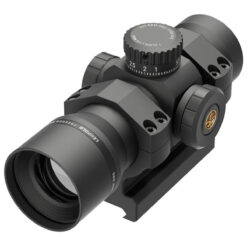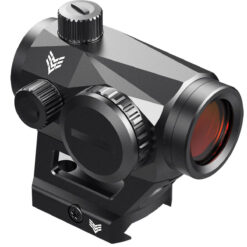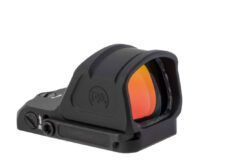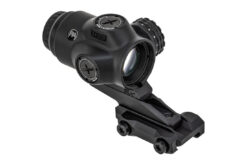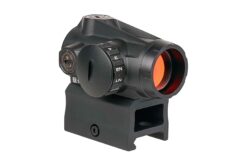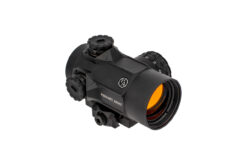Save 28%
MSRP: $529.99
$379.99
Save 30%
MSRP: $469.99
$329.99
Save 33%
MSRP: $599.99
$399.99
MSRP: $399.99
$399.99
Save 15%
MSRP: $270.58 – $352.93
Price range: $229.99 through $299.99
Save 24%
MSRP: $499.99
$379.99
Save 33%
MSRP: $599.99
$399.99
Save 27%
MSRP: $449.99
$329.99
MSRP: $269.99
$269.99
Save 23%
MSRP: $129.99
$99.99
MSRP: $399.99
$399.99
Save 10%
MSRP: $149.00
$134.00
Save 33 – 35%
MSRP: $299.99 – $309.99
$199.99
Save 30%
MSRP: $429.99
$299.99
Save 13%
MSRP: $1,882.34
$1,639.95
MSRP: $199.99
$199.99
Save 15%
MSRP: $399.99
$339.99
Save 15%
MSRP: $336.46
$285.99
Save 24%
MSRP: $169.99
$129.99
Save 23%
MSRP: $259.99
$199.99
MSRP: $169.99
$169.99




